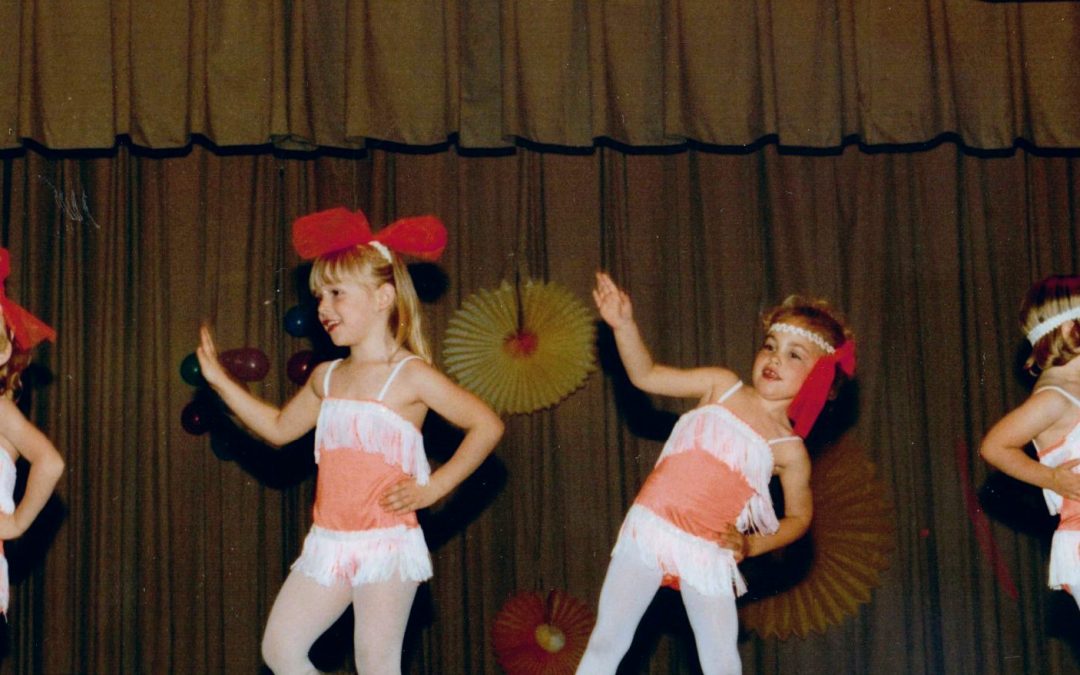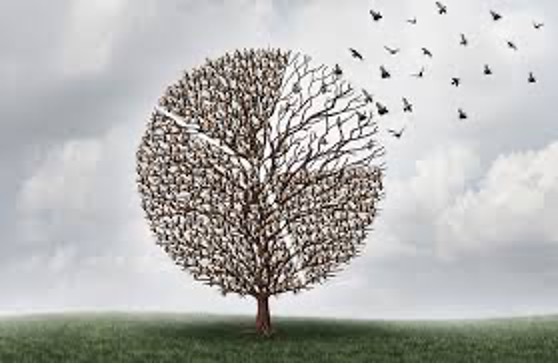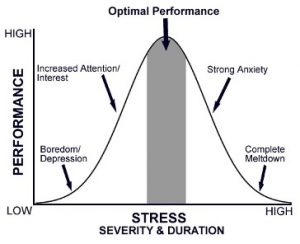
Become Your Own Drummer
Let’s do a quick exercise. First, read the following sentence and think about the person it could be describing:
“She really marches to the beat of her own drummer!”
Got an image, or maybe even a specific person in mind? Great. Read it again. But this time focus on the person you imagined speaking the phrase. We all have someone in our lives who marches to the beat of a different drummer.
Now spend a couple of seconds considering how you portrayed this person in your mind – did you see them in a flattering or unflattering light? Add to that whatever narrative unfolded in your mind as you thought about this person. Was your private story told with a tinge of admiration or scorn?
Marching to the beat of a different drummer is a cliché that has probably been part of at least a few conversations in your life. The phrase is so well-worn that when it’s uttered, people often just nod and move on with little pause. It can be a convenient way to characterize a surprising observation or to dismiss something/someone we don’t care to take the time to understand.
It’s possibly even spoken with some disdain when gossiping about an outlier: someone who inexplicably isn’t following the expected norms of the community. It’s an offensive defiance that can make us uncomfortable without fully knowing why. Face it, following the crowd is more societally acceptable than charting your own path.
But let’s think about the phrase for just a moment. If we’re not marching to our own drummer, then we must be marching to somebody else’s. Is that really what we want? Perhaps if it’s the drumbeat of a mentor or coach. Usually, though, we’re challenged to find our own voice.
Sometimes it’s hard to remember what our own drumbeat sounds like. When we’re surrounded by a cacophony of other sounds, or if there’s a persistent group rhythm drowning out our instinctual beat, we eventually learn to override it.
So, I have a gentle suggestion. As you move through your normal routine today, think about which specific drummers might be compelling you to march. Do they include the “Joneses,” popular media, or any others who might be feeding a subconscious desire for acceptance, admiration, or conformity? You may discover a need to become reacquainted with your own rhythm.
Even if you’re not hearing your own drumbeat clearly, I promise it’s there. You’ll recognize it deep within, behind all of the distracting noise. It’s the one that feels the most steady, the most comfortable, and the most satisfying. The more you practice listening for it, the louder it will become.
It’s an act of courage to try to filter out the other drummers in life. It may require a fair amount of work and vulnerability. You might be judged or criticized. You may pay a heavy price. You may need to confront some deep-seated fears. And, along with these risks, it’s also amazingly worthwhile.

About the Author
Kerry Galarza, MS OTR/L is the Clinical Director and an occupational therapist at Elmhurst Counseling. She provides specialized assessment and intervention with children of all ages and their families. Kerry engages clients with naturally occurring, meaningful home-based methods to empower autonomy and maximize functioning.








